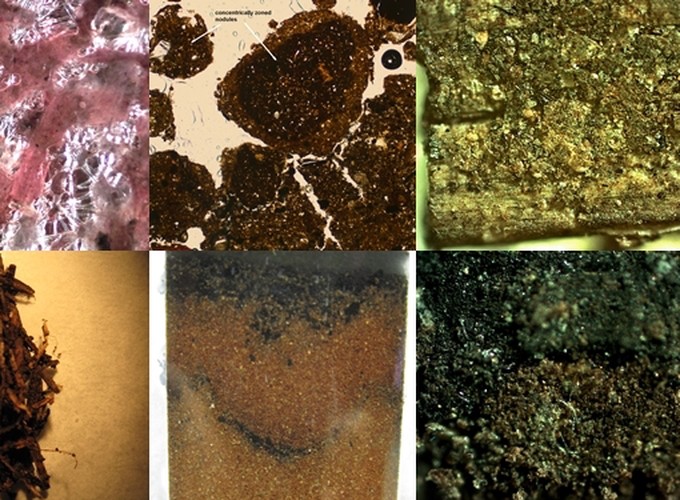Mechanisms and Controls on Soil Carbon Cycling
Climate models predict significant decreases in soil moisture in Mediterranean and high altitude ecosystems with estimated reductions of 5 to 10% soil moisture (Meehl et al., 2007). Forest ecosystems contain approximately one-half of the Earths terrestrial carbon © (1146 Pg), with two-thirds (787 Pg) of this pool residing in forest soils (Nave et al., 2010). Given the magnitude of the soil C pool, it is critical to understand the effects of forest management practices and projected climate change on soil C dynamics. Additionally, these effects will likely influence other important nutrient cycles (e.g., N, P, K), thus potentially impacting forest growth and productivity.
My research has examined the biogeochemical cycling of C and metals in forest ecosystem, which are largely considered aerobic environments. Growing evidence, however, suggests that forest soils may contain a high proportion of suboxic/anoxic microsites (~50% of Douglas Fir Oa horizon; Van der Lee et. al., 1999) and that ~50% of all organic matter decomposition may occur anaerobically (Schink, 2006). This may have significant implications in term of soil nutrient availability and forest productivity, dictated by how these redox microsites respond to changing forest management practices (i.e., clear-cutting, thinning, prescribed burns) and climate change. My research investigates how changing forest management practices and projected climate change will affect soil carbon storage and stability in forest soils.
